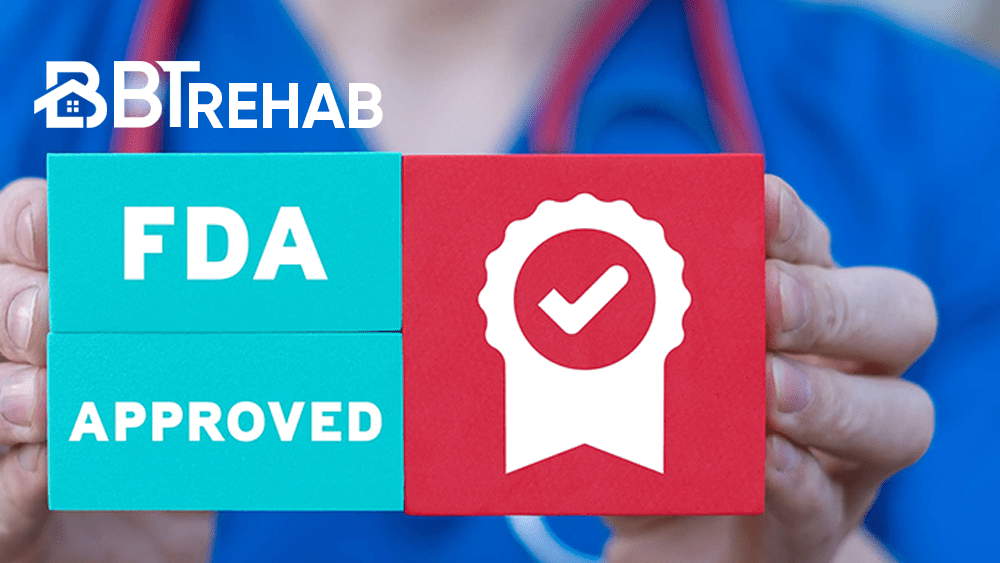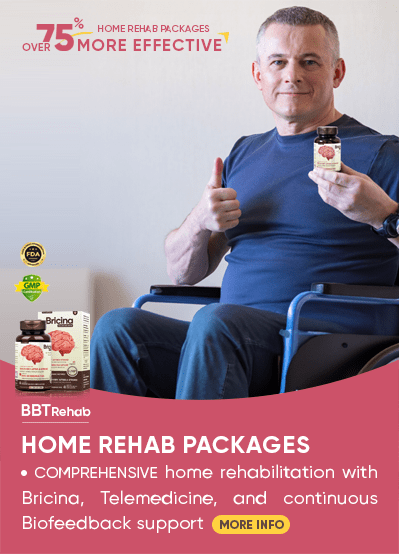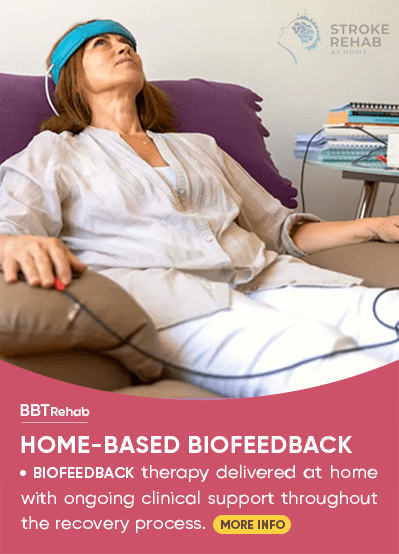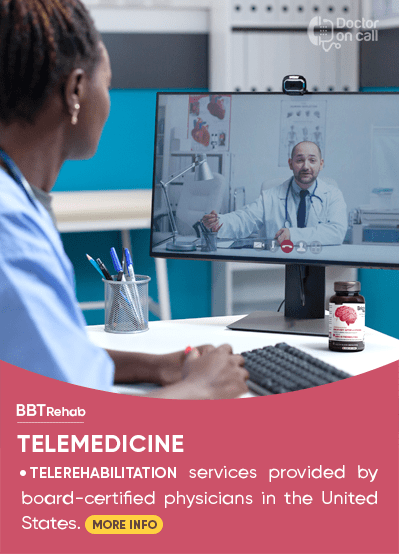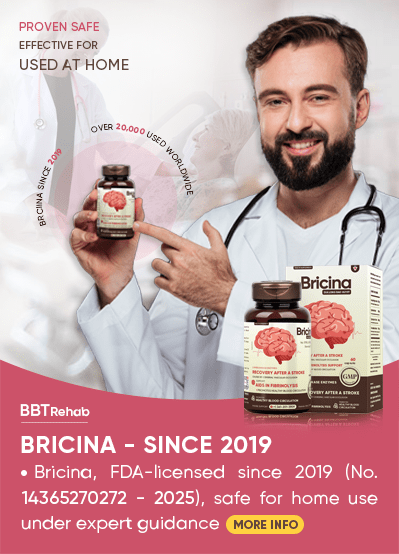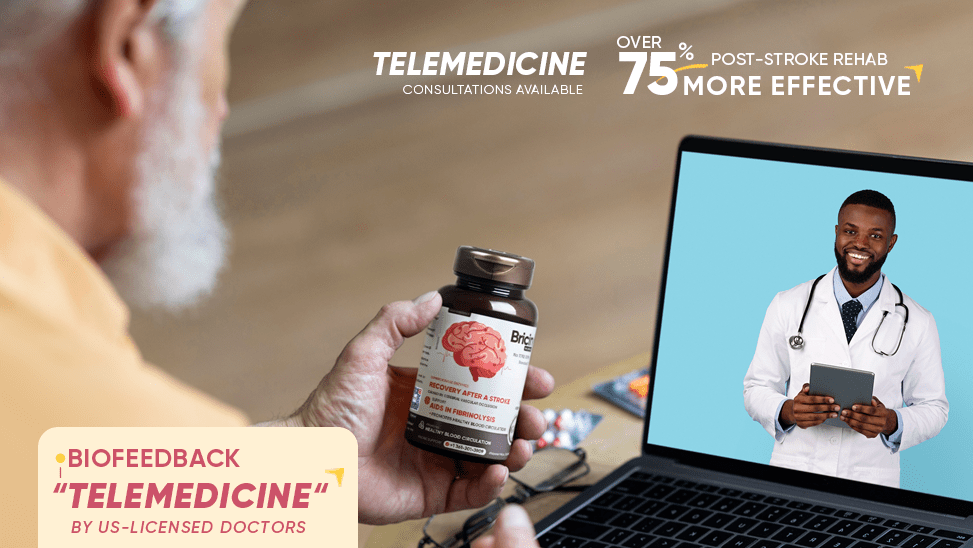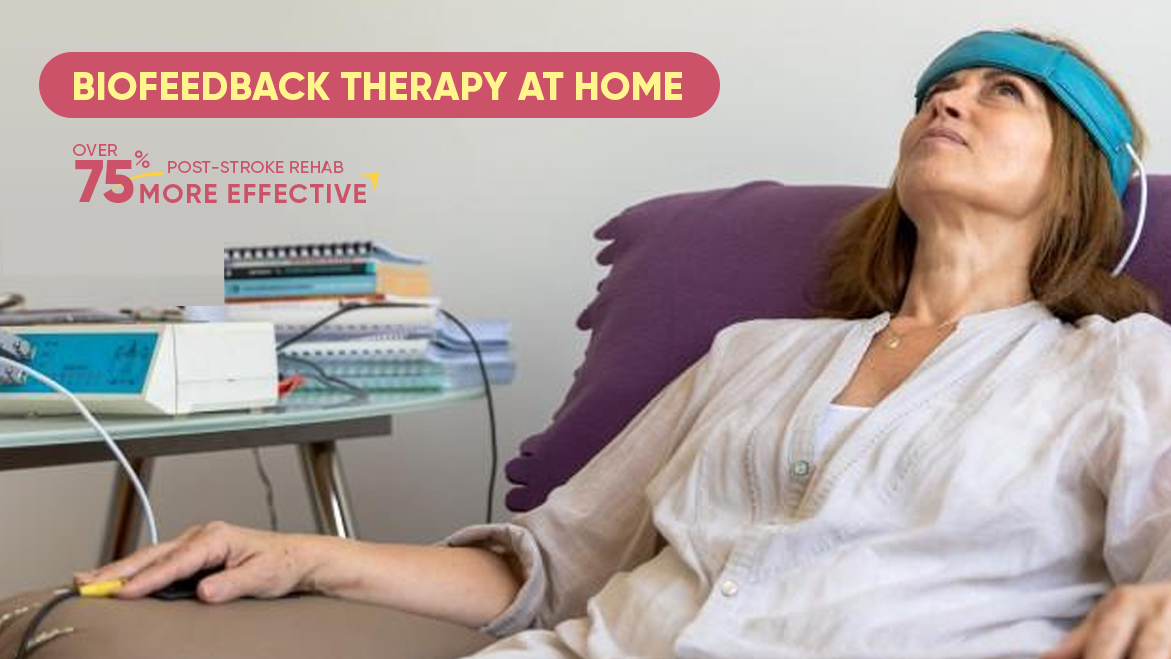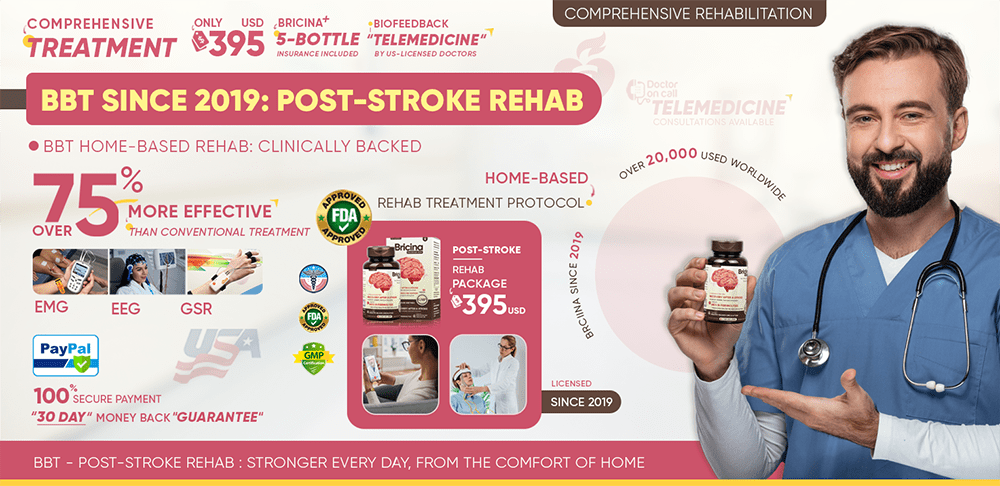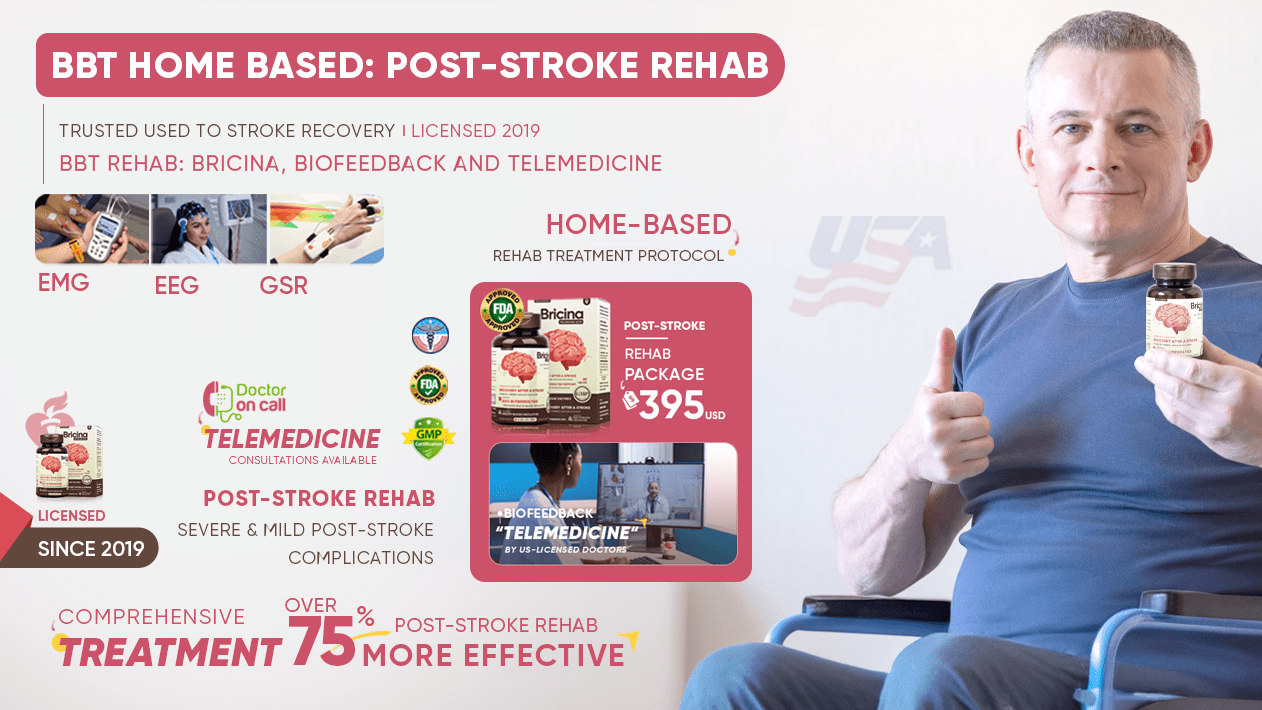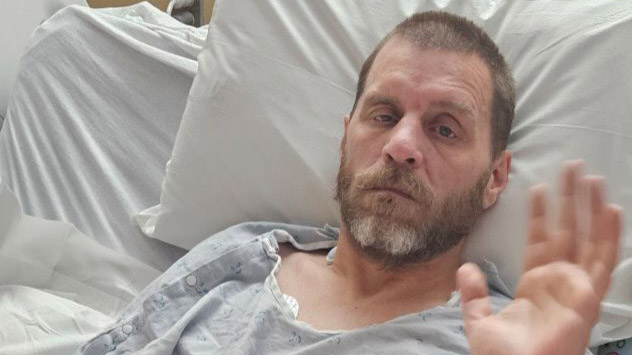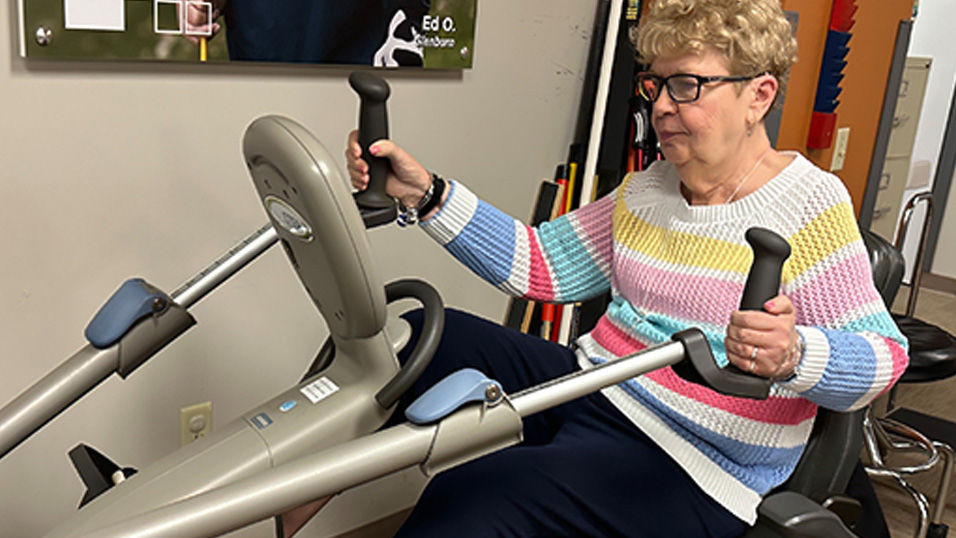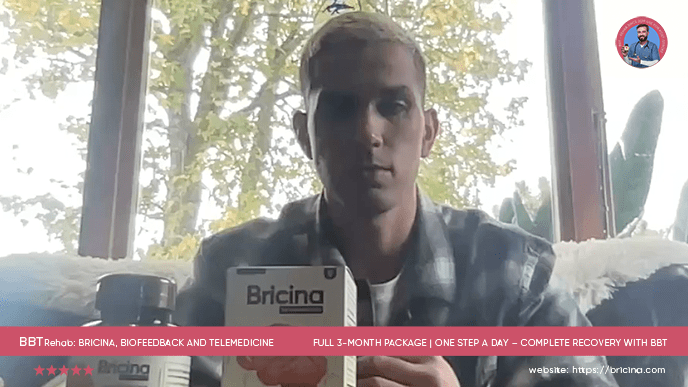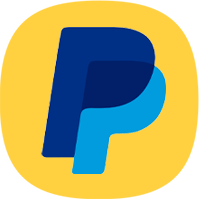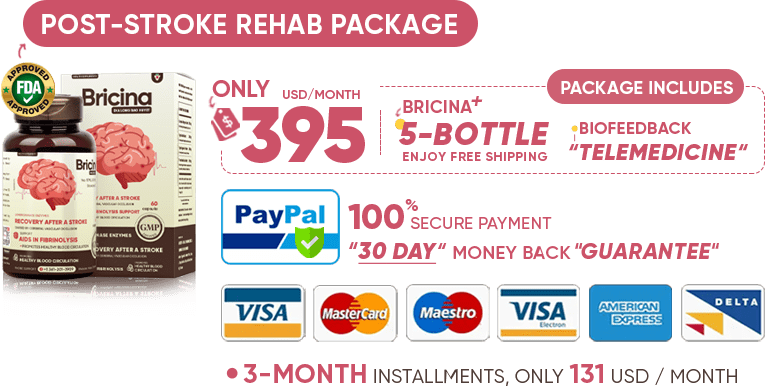BBT Rehab is developed following the highest standards of medical safety and efficacy, aligning with FDA regulatory guidelines for rehabilitation devices and programs. Every component of BBT Rehab undergoes rigorous safety, performance, and monitoring checks, ensuring stroke survivors receive a trusted and effective home-based rehabilitation solution.
Our program is structured into four progressive phases: Early Recovery, Functional Training, Cognitive & Daily Living Rehab, and Long-Term Maintenance, providing a comprehensive approach to post-stroke recovery.
Early Recovery
The Early Recovery phase focuses on preventing post-stroke complications and laying a strong foundation for rehabilitation. Patients perform gentle mobilization exercises to maintain joint flexibility and reduce muscle stiffness, combined with biofeedback therapy to improve blood circulation and reduce the risk of pressure sores or deep vein thrombosis.
Remote monitoring by US-licensed clinicians ensures real-time adjustments. Patients are guided on safe positioning, respiratory exercises, and early functional movements such as sitting upright and bed-to-chair transfers.
Functional Training
This phase aims to restore mobility, strength, and coordination. Patients engage in targeted exercises for walking, balance, upper-limb movement, and grip strength, monitored via biofeedback and telemedicine.
Clinical studies indicate that guided functional training can improve recovery rates by 20–30%, helping patients regain independence faster.
Cognitive & Daily Living Rehab
This phase addresses post-stroke cognitive deficits such as memory, attention, and problem-solving, while enhancing daily living skills like dressing, eating, and personal hygiene. Using computer-based cognitive exercises, guided real-life practice, and telemedicine support, patients achieve greater confidence and reduced dependence on caregivers.
Clinical evidence shows structured cognitive rehabilitation can improve memory and executive function by 15–25% over 6–12 weeks.
Long-Term Maintenance
This phase supports sustained recovery and prevents relapse. Patients follow personalized exercise programs, continue biofeedback sessions, and receive periodic telemedicine consultations.
Clinical studies demonstrate that ongoing structured maintenance reduces recurrence of functional decline by up to 40%, maintaining mobility, cognitive function, and independence over months and years.
Clinical Evidence & FDA Approvals
BBT Rehab integrates techniques validated by FDA-approved rehabilitation devices:
1. Vivistim Paired VNS System – FDA-approved (Aug 2021, PMA P210007) to enhance upper limb function. Clinical trials show improved arm and hand performance.
2. IpsiHand BCI – FDA-authorized (June 2021, Neurolutions), using brain signals for hand recovery. 12-week studies show enhanced grip and hand control.
3. ReStore Soft Exo-Suit – FDA-approved (June 2019, ReWalk Robotics) for gait training, improving walking ability and independence.
4. EksoNR Exoskeleton – FDA-approved (April 2016, Ekso Bionics), supporting walking, standing, and daily function.
5. Functional Electrical Stimulation (FES) – FDA-approved (Christopher & Dana Reeve Foundation), enhancing upper limb function, reducing spasticity, and improving grip strength.


